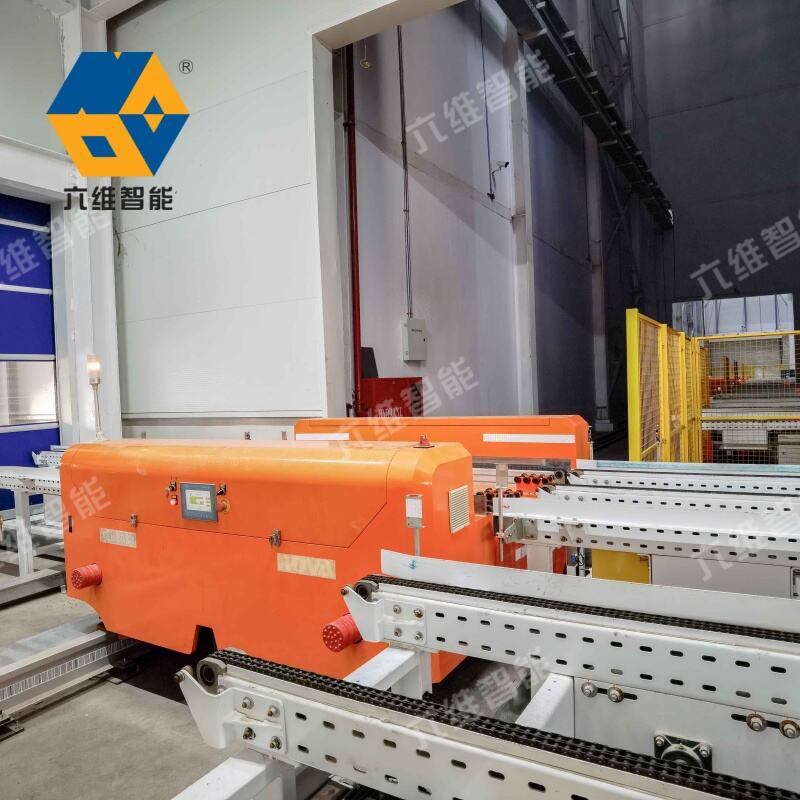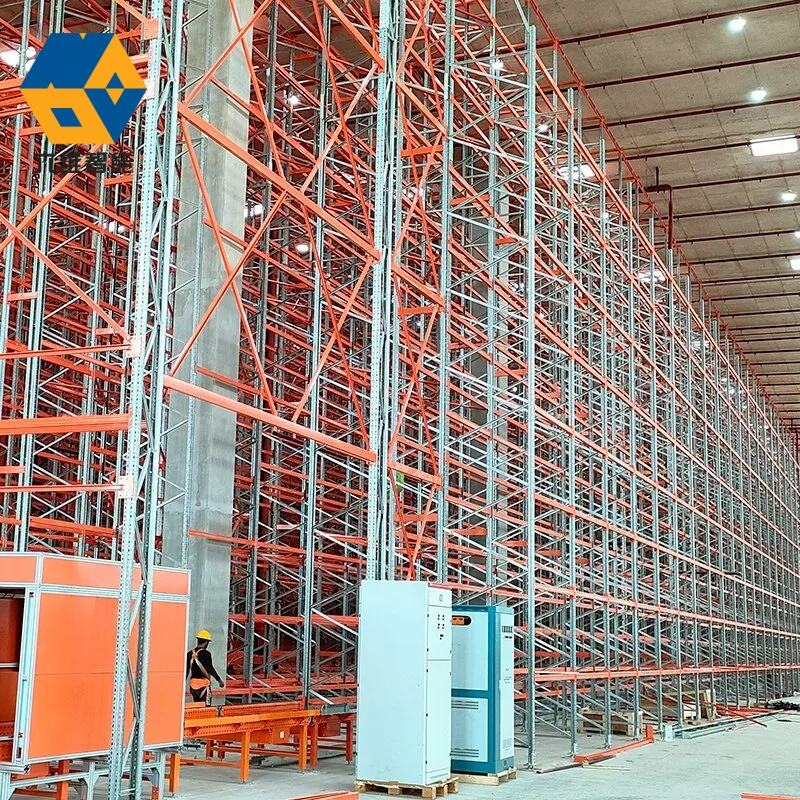warehouse pallet racks
Warehouse pallet racks represent a fundamental storage solution that revolutionizes the way businesses manage their inventory and maximize storage space. These robust storage systems consist of vertical frames and horizontal beams designed to accommodate standardized pallets, enabling efficient vertical storage and organizing capabilities. Modern pallet racking systems incorporate advanced engineering principles to ensure structural integrity while supporting substantial weight loads. The systems typically feature adjustable beam levels, allowing warehouse managers to customize storage heights based on specific product dimensions. These racks are constructed from high-grade steel and often include safety features such as load indicators, beam locks, and protective guards. The versatility of pallet racks extends across various industries, from retail distribution centers to manufacturing facilities, offering solutions for both single-deep and double-deep storage configurations. Advanced pallet racking systems can be integrated with automated storage and retrieval systems (AS/RS), warehouse management systems (WMS), and other modern logistics technologies to enhance operational efficiency. The design considers factors such as forklift access, product turnover rates, and warehouse traffic patterns to optimize material handling processes.

